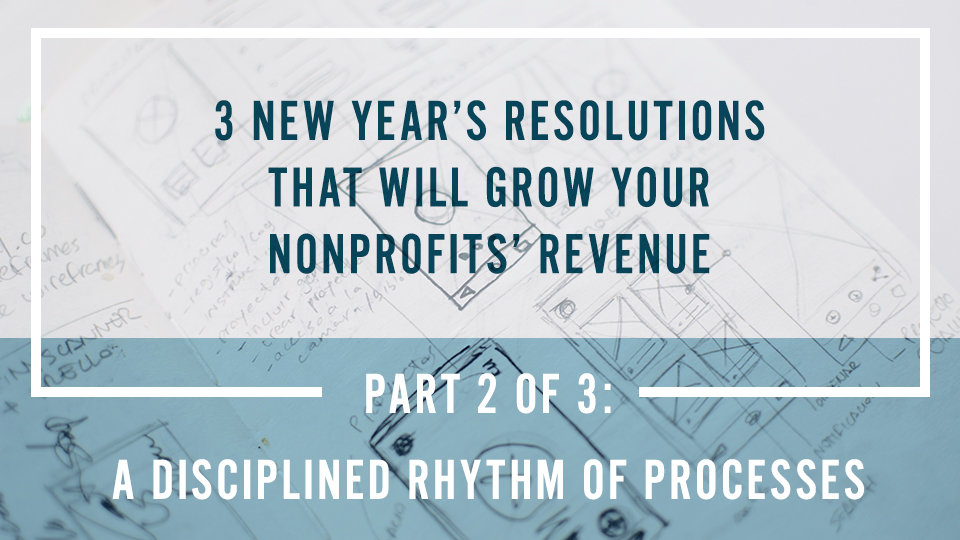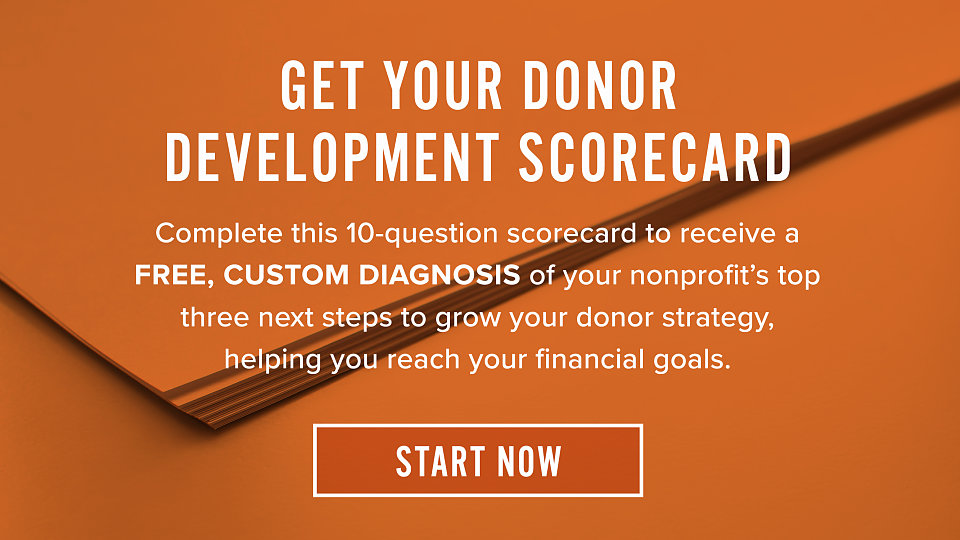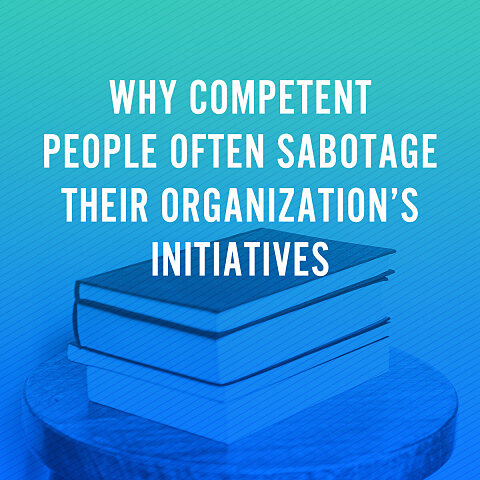3 New Year’s Resolutions That Will Grow Your Nonprofit’s Revenue // (Part 2 of 3 : A Disciplined Rhythm of Processes)
By The A Group
As January 1 approaches, we’re digging into the strategy, tactics, and resources you must be addressing to greatly impact the revenue within your organization. Earlier this week, we discussed a few of the ways leaders can shift from reactive to strategically proactive
In this post, we’re reviewing the disciplined rhythm and pace of development your organization needs to embrace growth. Let’s make sure we refine all of the internal processes that lead to healthy, regular, and sustainable giving as we lay out our 2019 development plans.
Rhythm (n): an orderedrecurrent
alternation of strong and weak elements in the flow of sound and silence in speech
Most teams we work with can be described as sacrificial, driven, and passionate. But as organizations grow, close attention needs to be paid to the efficiency and effectiveness of revenue generating activities each day. Simply put, development is discipline. This means setting time to plan out metrics, create plans, and establish weekly and monthly tracking systems, which in turn grow the constituency. And although there are many factors that impact fundraising efforts, most growth initiatives fail when time is simply not allocated for the discipline it takes to implement a proper development strategy and plan.
Let’s dig into two related areas today: the metrics that should drive the rhythm of our monthly processes and the corresponding time we should put toward these processes.
- Although it is a typical practice to forecast expenses each month, the organization should also forecast income each month (per donor segment) so the entire team has expectations and goals set for fundraising activities. Every year, a very systematic approach should be taken to design the income portion of the budget and particularly how it’s fully supported by the staff and metric-based development plan. Just like you are charting out your printing expenses or staff salaries month by month, you must also do this with income projections for each donor segment: corporations, individuals (at major, mid, and grassroots levels), foundations, churches, monthly programs, and so on. This approach will help identify times when cash flow may be tight, but also assists in preparing donors for a rhythm of annual giving.
- Then, you will be easily able to direct your daily, weekly, and monthly staff activities to support these goals. A way to drive this concept is to track time usage allocation for fundraising by comparing a three-month timesheet to the percentages of income or expenses on the budget. For example, if an organization’s goal is to have 40% of the income from individual giving, then revenue-generating staff should spend a comparable amount (40% in this example) of their daily time on this activity. This is often an eye-opening experience.
Create tactile goals that tie deeply to the key metrics that will indicate growth—for example, if your hope is to grow from a city-wide organization to a national organization, then establish those ideal indicators that will support your goals. If it’s to grow your monthly giving program—then create numbers and strategies to track surrounding those specific initiatives.
With the metrics and staff goals in hand, create an internal dashboard culture—where metrics are understood and the path to success is monitored. Often, it’s helpful to work with your accountant to make sure that he/she provides the proper staff members with an understanding the organization’s metrics and provides a monthly one-page dashboard for leaders’ use in making informed business decisions. Create a monthly recurring meeting to review the dashboard to promote accountability and encourage celebration for each donor segment, campaign, and goal.
How about you? Is your time and staff driven by discipline and metric-based goals? Have you been able to establish a rhythm of internal activities that drive your development efforts year after year? Do all your staff members have healthy accountability metrics and know what success looks like? Push into these activities and conversations, and you’ll find a team ready and willing to grow with you.
In order to best equip you in your next steps, we put together a FREE 10-question check-list for you. Once you submit the check-list, you will receive a personal email from our Development Strategist, who will suggest three priority areas for you to focus on to grow revenue next year, based on the answers to the check-list (and yes, this is free too). This email will likely include both fundraising priorities, as well as core, behind-the-scenes practices that impact and streamline your annual fundraising.
We hope this approach will provide you with a fresh outlook on your growth potential, classify your priorities, and allow you to grow your mission!















